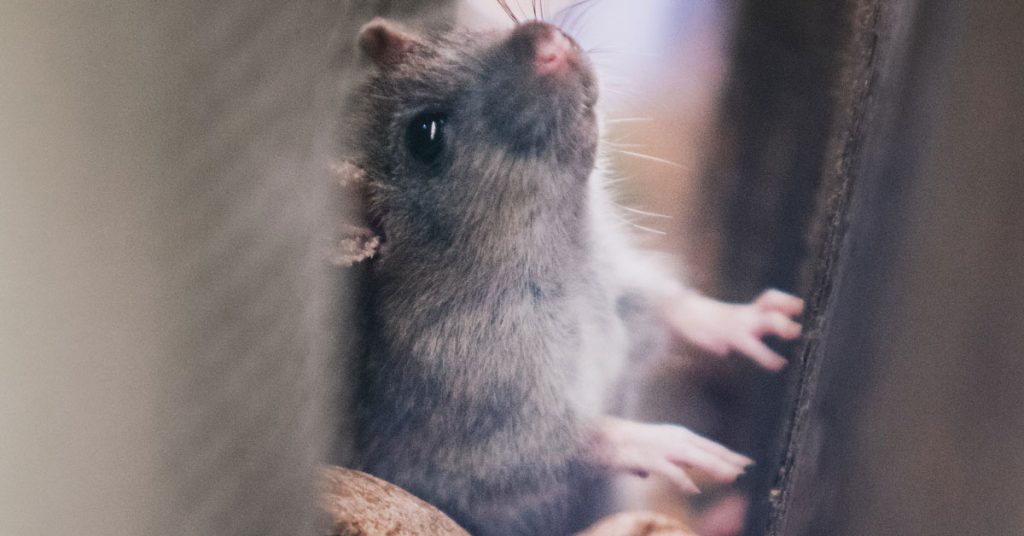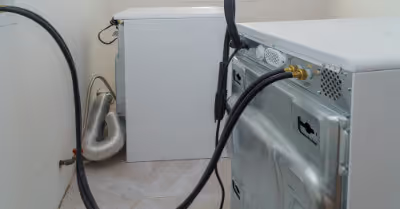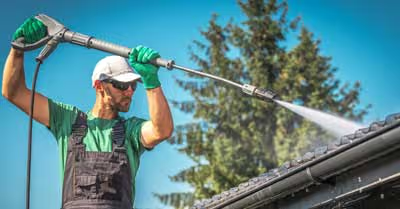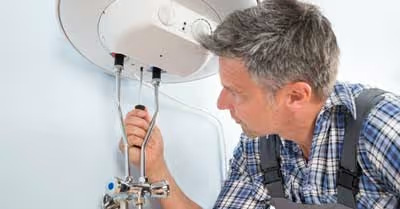Table of Contents
How Mice Enter Homes
Given their resourceful nature, mice always seek the easiest entry points within your home. In most cases, they’ll find these entry points through their sense of sight and touch. That’s not all; mice can feel even the slightest of warmth, which may guide them in identifying potential weaknesses in your home.
You should also remember that mice are excellent wall climbers. For this reason, they don’t need a tree branch to access your window ledge. They can also fit through unbelievably small openings within your walls. An opening of about half an inch would be more than enough for a rat to find its way in.
Some typical mice entry points include:
· Fence railings
· Electrical wires
· Gaps between materials
· Eaves
· Tree branches
· Sills and ledges
· Water conduits
· Weep vents
· Chimneys
· Gutters and Downspouts
· Plumbing
· Cracks in foundations
· Air conditioning and heating units
· Roof vents, and many more.
How to Fix These Entry Points
Needless to say, fixing these entry points is the first step towards eradicating rat infestation. You should, therefore, fix all the gaps, holes, and cracks within your home. You can use a caulking gun to fill those openings. It’s important to make sure that the caulking gets into the hole as deep as possible. You should also make sure that any damaged part of your home such as broken window panes are repaired or equipped. This is vital not only in keeping the rats away but also in ensuring that other pests do not have easy access to your home.

What are other Preventive Measures?
Making your home less appealing to rodents as well as other uninvited pests should be a priority. You should ensure that your compound is free of weeds and is well-trimmed. Mice generally take advantage of long grass and weed to camouflage as they make their way into your home. Make sure that there are no leaf piles, yard clutter or any type of waste lying around. Rodents also love woodpiles and construction materials. You should, therefore, make sure that such things are as far from your home as possible. You should also trim vegetation that seems to hug your house.
Removing any source of water or food is another ingenious way of keeping rodents away from your home. Mice are attracted to water sources and various types of food that are left lying around. It’s essential to remove these things from your compound and make sure that the garbage area is inaccessible to pests. A proper solution is using garbage cans with tightly-fitting lids.
To ensure that your home is ultimately rodent-proof, you can put an ultrasonic pest control unit in their crawl spaces. This unit can produce mice-distressing sounds at varying frequencies and volumes. These sounds are often undetectable to humans but the poor mice will run for their lives. You can also use other deterrents such as having a cat around. Cats are mice’s natural predators and can help you control a mice infestation. You can also employ mice repellants such as mint plants and bay leaves. Setting a rat trap can also be another efficient way of dealing with mice infestation.
What about the Ones Inside?
Now that you’ve sealed your home from a further rat infestation, it’s crucial to turn your attention to the ones inside your home. The most effective way of getting rid of them is by trapping them. Given their strong sense of smell, you can bait them with delicious morsels like oats, butter, dried fruits, and peanuts. You can then direct them to the bait and trap them. This is perhaps the most effective way to deal with the rats inside your home.
With that in mind, you should avoid using mouse-killing poisons, especially if you have rat-eating pets such as cats. Another major shortcoming of these poisons is that they always do not kill the rats instantly. As such, the mice might still walk back to their nest and die there. And because mice nests are tiny holes that are hard to access, the smell of dead mice is something that we bet you don’t want in your home.
Conclusion
Mice infestation in your home is, without a doubt, a major health concern that you do not want to deal with. In addition to carrying foodborne diseases such as salmonella, they can trigger asthma and spread hantavirus, which is fatal. This is exactly why you shouldn’t let mice enter your home in the first place. There are a host of places that mice can use to access your home. From cracks, holes, wires to trees, chimneys, and roof vents, these entry points are countless. Discarding these entry points is the first crucial step in preventing your home from mice infestation.
Recent Articles
















